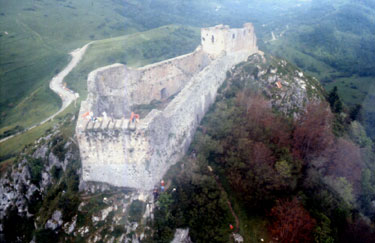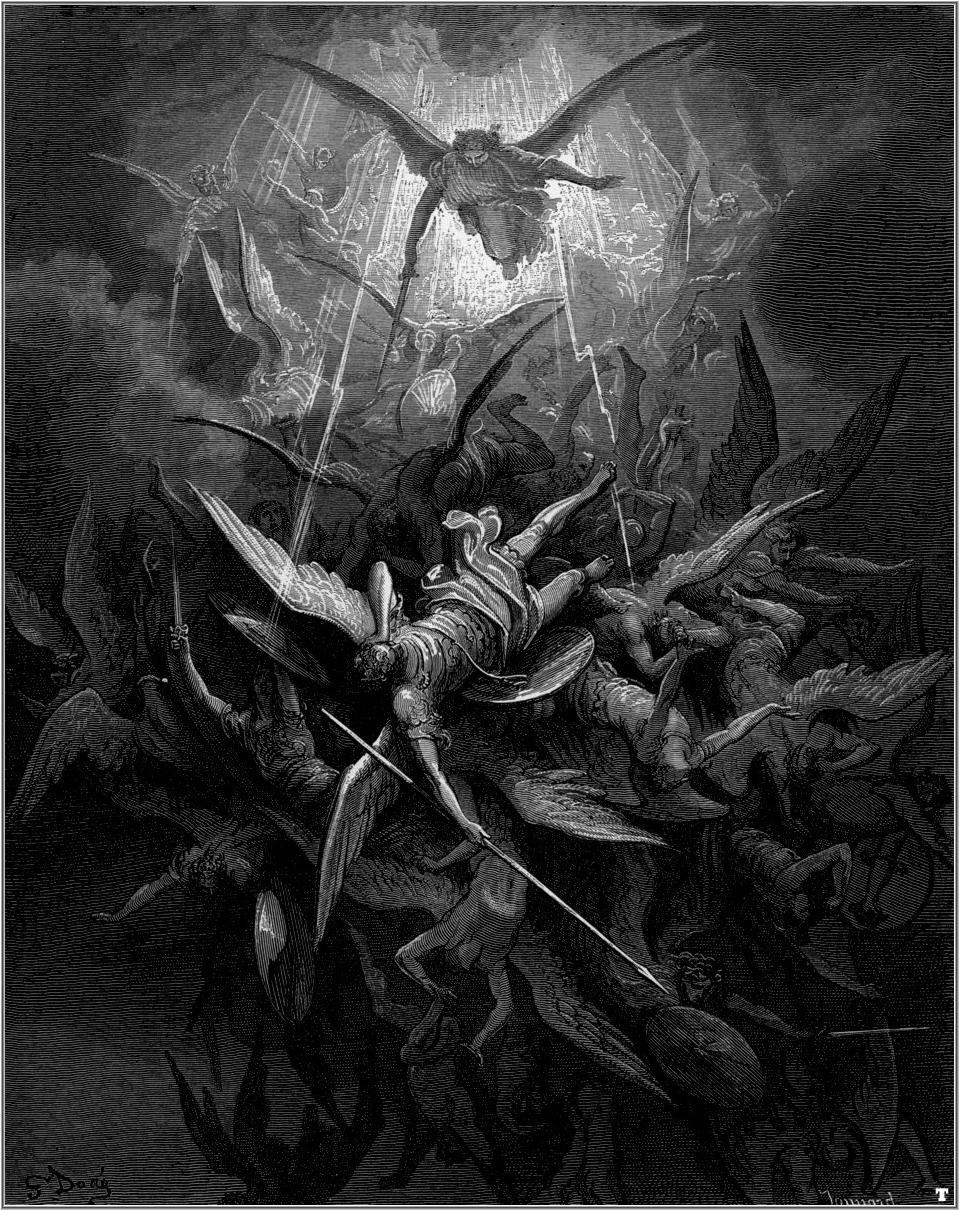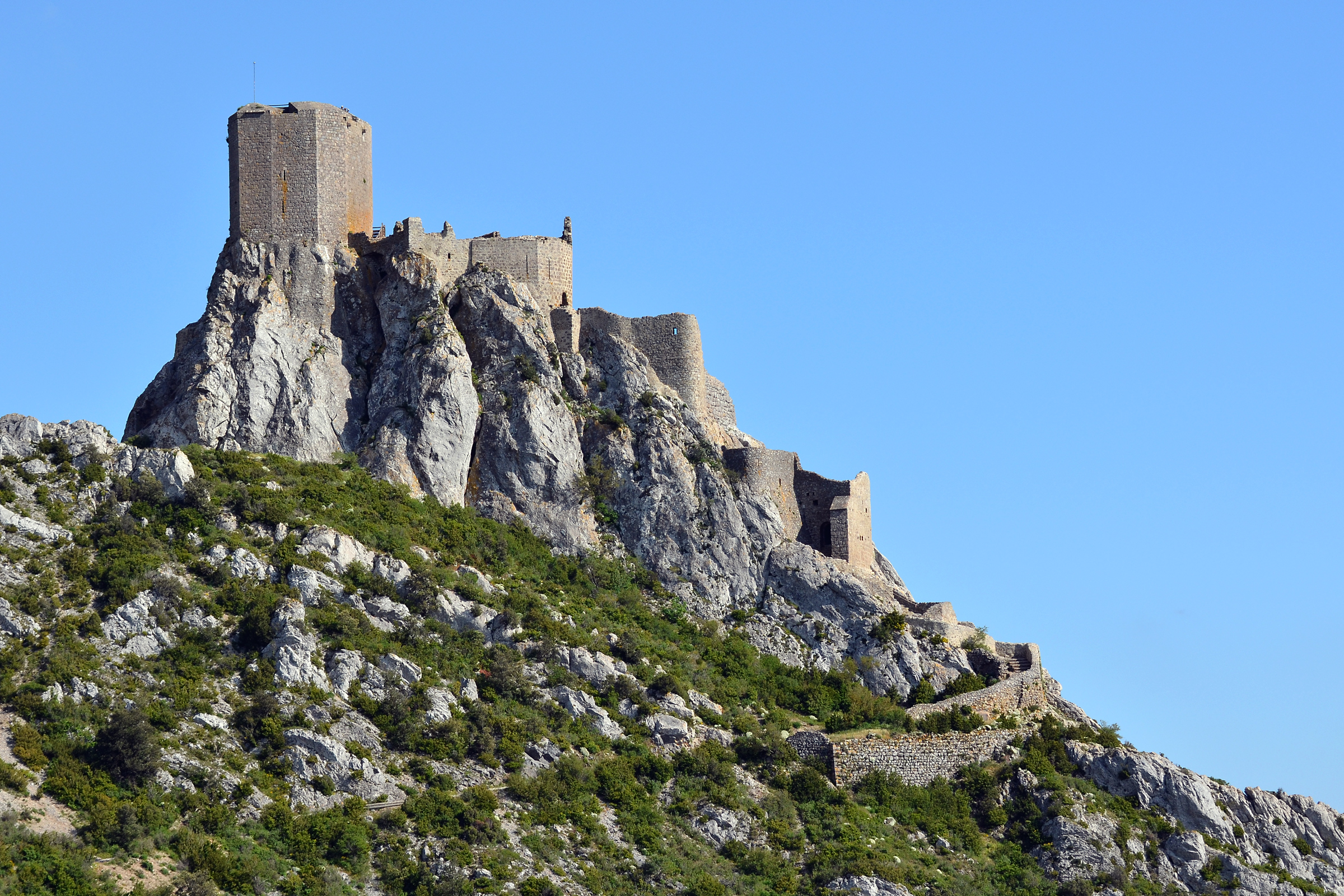|
Montségur
Montségur (; Languedocien: ''Montsegur'') is a commune in the Ariège department in southwestern France. It is famous for its fortification, the Château de Montségur, that was built on the "pog" (mountain) on the ruins of one of the last strongholds of the Cathars. The present fortress on the site, though described as one of the " Cathar castles," is from a later period. It has been listed as a historic site by the French Ministry of Culture since 1862. According to the book, ''Holy Blood, Holy Grail'', Montségur was the location of a mythical treasure related to the Holy Grail, which was promptly smuggled away before the Cathar surrender. History The earliest signs of settlement in the area date back to the time of the Neanderthals, tens of thousands of years ago. Evidence of Roman occupation such as Roman currency and tools have also been found in and around the site. The name "Montségur" comes from Latin ''mons securus'' ("secure mountain") which evolved into ''m ... [...More Info...] [...Related Items...] OR: [Wikipedia] [Google] [Baidu] |
Château De Montségur
The Château de Montségur (English: Castle of Montsegur; Languedocien: ) is a former fortress near Montségur, a commune in the Ariège department in southern France. Its ruins are the site of a razed stronghold of the Cathars. The present fortress on the site, though described as one of the " Cathar castles," is actually of a later period. It has been listed as a by the French Ministry of Culture since 1862. Geography The ruins of Montségur are perched at a precarious altitude in the south of France near the Pyrenees. Located in the heart of France's Languedoc- Occitanie regions, southwest of Carcassonne, Montségur dominates a rock formation known as a ''pog'' — a term derived from the Languedocien dialect of Occitan — ''puòg'' or ''puèg'', meaning "peak, hill, mountain." The top of the ruin is reached by a path and is 170 m above the road. History The earliest signs of human settlement in the area date back to the Stone Age. Evidence of Roman occupati ... [...More Info...] [...Related Items...] OR: [Wikipedia] [Google] [Baidu] |
Siege Of Montségur
The siege of Montségur (May 1243 – 16 March 1244) was a siege that took place during the Albigensian Crusade. It pitted the royal forces of Louis IX of France and those of the bishops of Albi and Narbonne against the forces of Pierre Roger de Mirepoix, who protected a community of Cathars in Montségur. The castle surrendered after a nine-month siege. About 210 and unrepentant were burned in a bonfire at the foot of the mountain on 16 March 1244. Background Although the Albigensian Crusade had been concluded with the Treaty of Paris-Meaux in 1229, local resistance continued. The Cathar Church was still able to operate and oppose the Inquisition that pervaded the Languedoc. In 1233, the Cathar Bishop Guilhabert de Castres asked Raymond de Pereille for permission to make Montségur "the seat and head" () of the Cathar Church. As a haven for Cathars, Montségur gained symbolic and strategic importance in the resistance fight against the Catholic Church and the French forces ... [...More Info...] [...Related Items...] OR: [Wikipedia] [Google] [Baidu] |
Catharism
Catharism ( ; from the , "the pure ones") was a Christian quasi- dualist and pseudo-Gnostic movement which thrived in Southern Europe, particularly in northern Italy and southern France, between the 12th and 14th centuries. Denounced as a heretical sect by the Catholic Church, its followers were attacked first by the Albigensian Crusade and later by the Medieval Inquisition, which eradicated the sect by 1350. Around 1 million were slaughtered, hanged, or burnt at the stake. Followers were known as Cathars or Albigensians, after the French city Albi where the movement first took hold, but referred to themselves as Good Christians. They famously believed that there were not one, but two Godsthe good God of Heaven and the evil god of this age (). According to tradition, Cathars believed that the good God was the God of the New Testament faith and creator of the spiritual realm. Many Cathars identified the evil god as Satan, the master of the physical world. The Cathars believe ... [...More Info...] [...Related Items...] OR: [Wikipedia] [Google] [Baidu] |
Holy Grail
The Holy Grail (, , , ) is a treasure that serves as an important motif in Arthurian literature. Various traditions describe the Holy Grail as a cup, dish, or stone with miraculous healing powers, sometimes providing eternal youth or sustenance in infinite abundance, often guarded in the custody of the Fisher King and located in the hidden Grail castle. By analogy, any elusive object or goal of great significance may be perceived as a "holy grail" by those seeking such. A mysterious "grail" (Old French: ''graal'' or ''greal''), wondrous but not unequivocally holy, first appears in '' Perceval, the Story of the Grail'', an unfinished chivalric romance written by Chrétien de Troyes around 1190. Chrétien's story inspired many continuations, translators and interpreters in the later-12th and early-13th centuries, including Wolfram von Eschenbach, who portrayed the Grail as a stone in ''Parzival''. The Christian, Celtic or possibly other origins of the Arthurian grail trope are ... [...More Info...] [...Related Items...] OR: [Wikipedia] [Google] [Baidu] |
Ariège (department)
Ariège (; ) is a Departments of France, department in southwestern France, located in the regions of France, region of Occitania (administrative region), Occitanie. It is named after the river Ariège (river), Ariège and its capital is Foix. Ariège is known for its rural landscape, with a population of 153,287 as of 2019.Populations légales 2019: 09 Ariège INSEE Its Institut national de la statistique et des études économiques, INSEE and postal code is 09, hence the department's informal name of ''le zéro neuf''. The inhabitants of the department are known as ''Ariègeois'' or ''Ariègeoises''. Geography [...More Info...] [...Related Items...] OR: [Wikipedia] [Google] [Baidu] |
Cathar Castles
Cathar castles (in French ''Châteaux cathares'') are a group of medieval castles located in the Languedoc region. Some had a Cathar connection in that they offered refuge to dispossessed Cathars in the thirteenth century. Many of these sites were replaced by new castles built by the victorious French Crusaders and the term ''Cathar castle'' is also applied to these fortifications despite their having no connection with Cathars. The fate of many Cathar castles, at least for the early part of the Crusade, is outlined in the contemporary Occitan "''Chanson de la Croisade''", translated into English as the "Song of the Cathar Wars (the crusade)". True "Cathar castles" Cathar strong points were generally surrounded by a walled settlement - ranging from a small village to a sizable city - known as a '' castrum''. In relatively flat areas such as the Lauragais Plain, castles and ''castra'' were often located on nearby hills, for example Laurac, Fanjeaux, Mas-Saintes-Puelles, and Car ... [...More Info...] [...Related Items...] OR: [Wikipedia] [Google] [Baidu] |
Communes Of The Ariège Department
The following is a list of the 325 communes of the Ariège department of France France, officially the French Republic, is a country located primarily in Western Europe. Overseas France, Its overseas regions and territories include French Guiana in South America, Saint Pierre and Miquelon in the Atlantic Ocean#North Atlan .... The communes cooperate in the following intercommunalities (as of 2025):Périmètre des groupements en 2025 BANATIC. Accessed 28 May 2025. * Communauté d'agglomération Pays Foix-Varilhes * Com ... [...More Info...] [...Related Items...] OR: [Wikipedia] [Google] [Baidu] |
Albigensian Crusade
The Albigensian Crusade (), also known as the Cathar Crusade (1209–1229), was a military and ideological campaign initiated by Pope Innocent III to eliminate Catharism in Languedoc, what is now southern France. The Crusade was prosecuted primarily by the French crown and promptly took on a political aspect. It resulted in the significant reduction of practicing Cathars and a realignment of the County of Toulouse with the French crown. The distinct regional culture of Languedoc was also diminished. The Cathars originated from an anti-materialist reform movement within the Bogomil churches of the Balkans calling for what they saw as a return to the Christian message of perfection, poverty and preaching, combined with a rejection of the physical. The reforms were a reaction against the often perceived scandalous and dissolute lifestyles of the Catholic clergy. Their theology, Gnostic in many ways, was basically dualistic cosmology, dualist. Several of their practices, especially ... [...More Info...] [...Related Items...] OR: [Wikipedia] [Google] [Baidu] |
Middle Ages
In the history of Europe, the Middle Ages or medieval period lasted approximately from the 5th to the late 15th centuries, similarly to the post-classical period of global history. It began with the fall of the Western Roman Empire and transitioned into the Renaissance and the Age of Discovery. The Middle Ages is the middle period of the three traditional divisions of Western history: classical antiquity, the medieval period, and the modern period. The medieval period is itself subdivided into the Early, High, and Late Middle Ages. Population decline, counterurbanisation, the collapse of centralised authority, invasions, and mass migrations of tribes, which had begun in late antiquity, continued into the Early Middle Ages. The large-scale movements of the Migration Period, including various Germanic peoples, formed new kingdoms in what remained of the Western Roman Empire. In the 7th century, North Africa and the Middle East—once part of the Byzantine Empire� ... [...More Info...] [...Related Items...] OR: [Wikipedia] [Google] [Baidu] |
Counts Of Foix
The Count of Foix ruled the County of Foix, in what is now Southern France, during the Middle Ages. The House of Foix eventually extended its power across the Pyrenees mountain range, joining the House of Bearn and moving their court to Pau, Pyrénées-Atlantiques, Pau in Béarn. Count Francis Phoebus became King of Navarre in 1479. The last count was King Henry III of Navarre, after whose accession to the French throne the county entered the French royal domain. To this day, the president of France is considered an unofficial successor of the count (as the current ruler of the French state) as co-prince of Andorra. Gallery of Arms File:Arms of the Counts of Foix.svg File:Arms of Foix-Béarn.svg, Arms of the House of Foix-Béarn File:Arms of Foix-Grailly.svg, Arms of the House of Foix-Grailly File:Royal Lesser Arms of Navarre (1479-1483).svg, Arms of the House of Foix-Grailly-Navarre File:Royal Arms of Navarre (1483-1512).svg, Arms of the House of Albret File:Arms of Henri de Bou ... [...More Info...] [...Related Items...] OR: [Wikipedia] [Google] [Baidu] |






